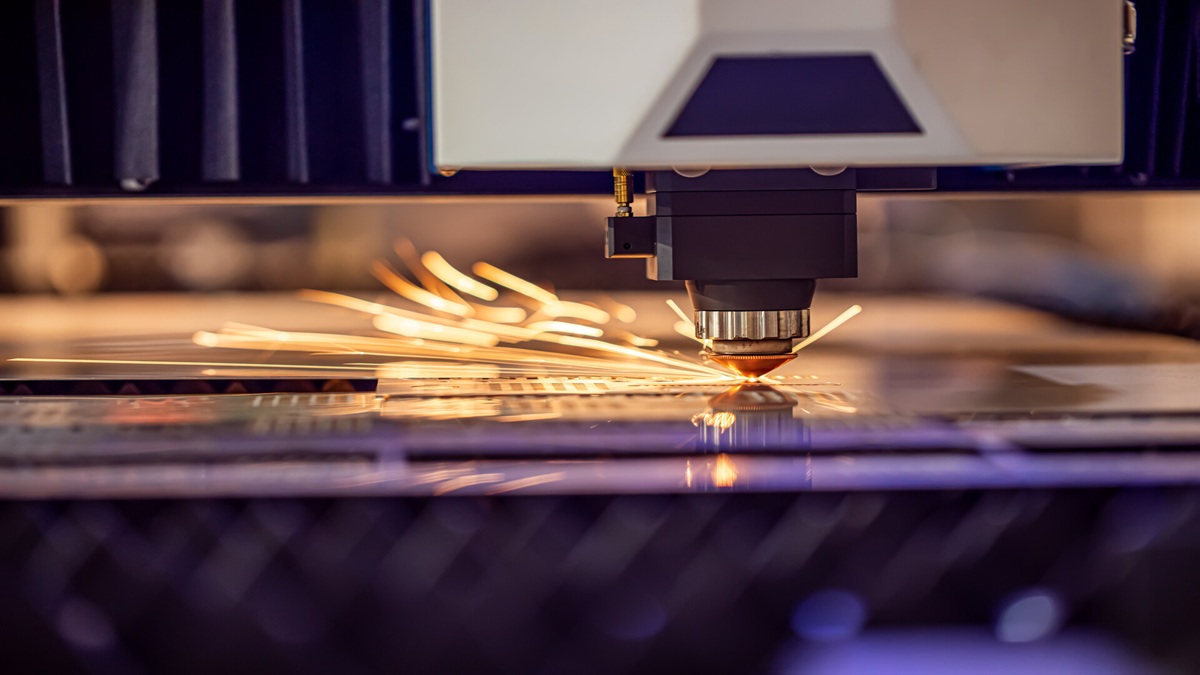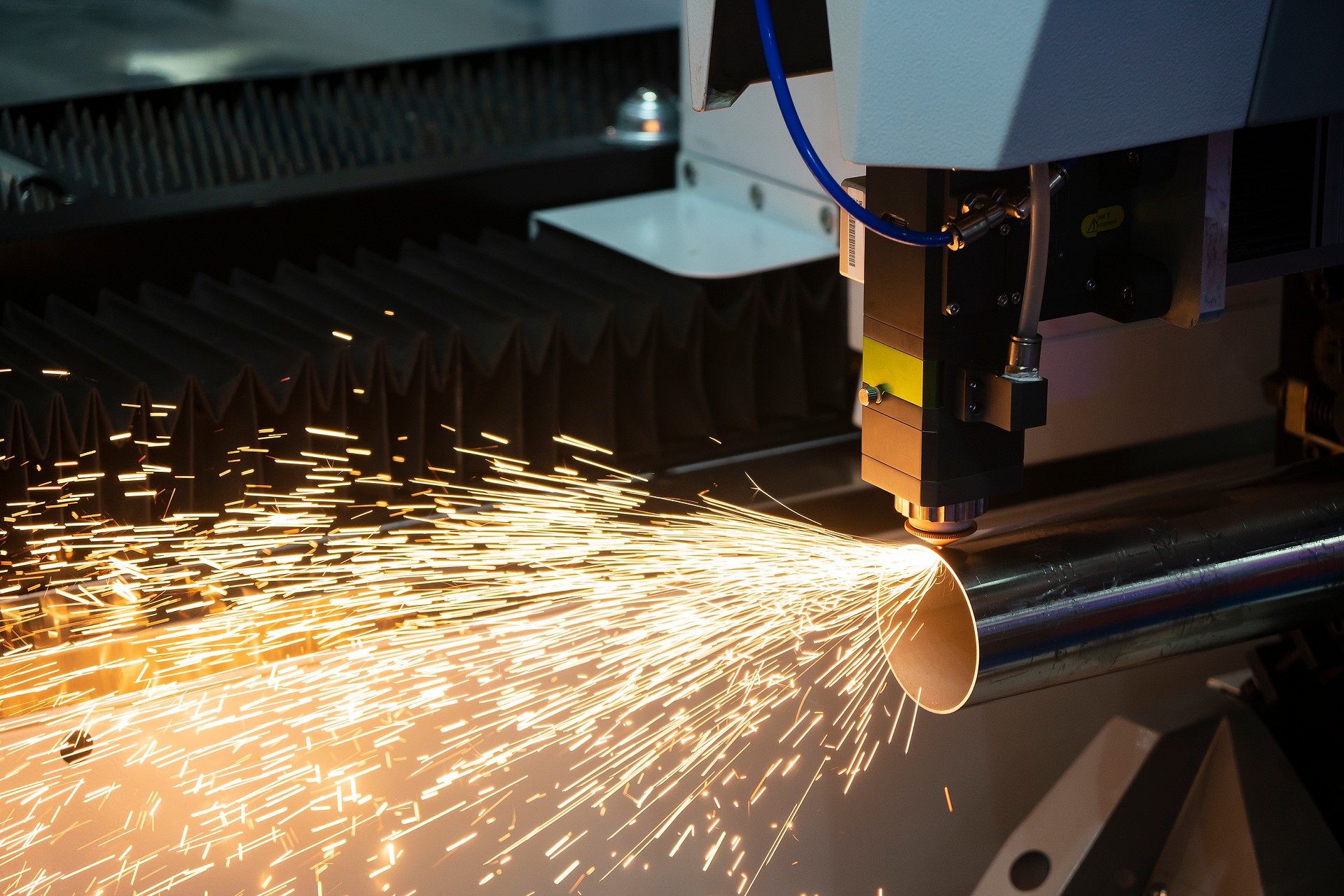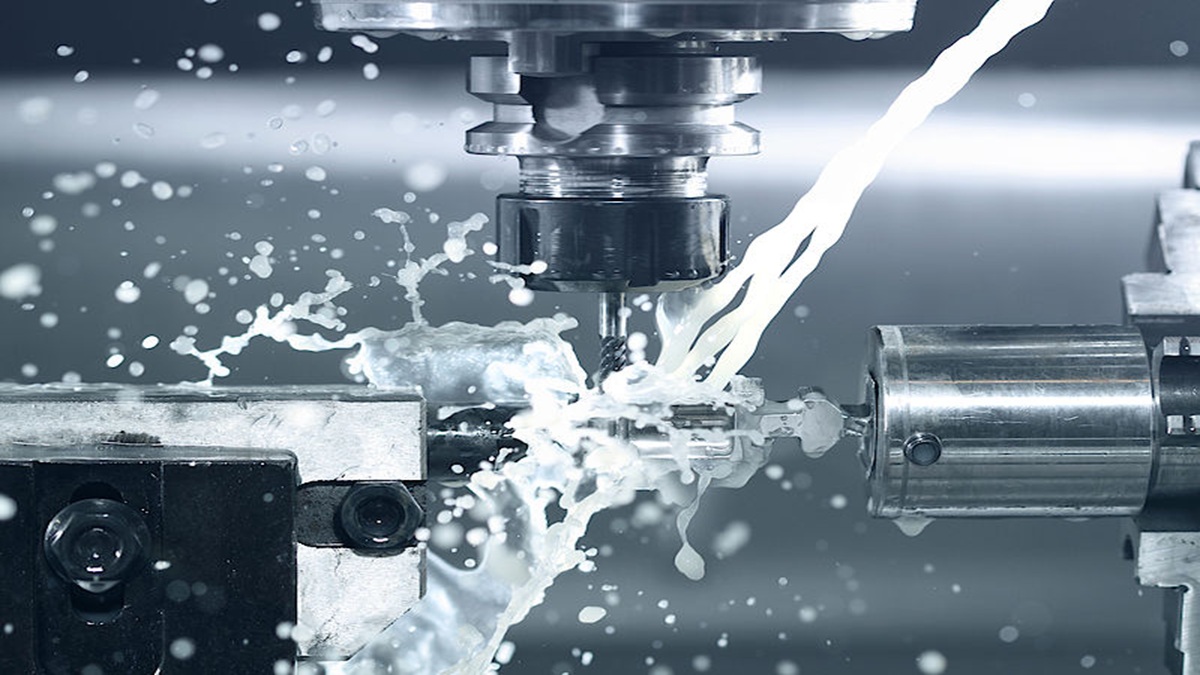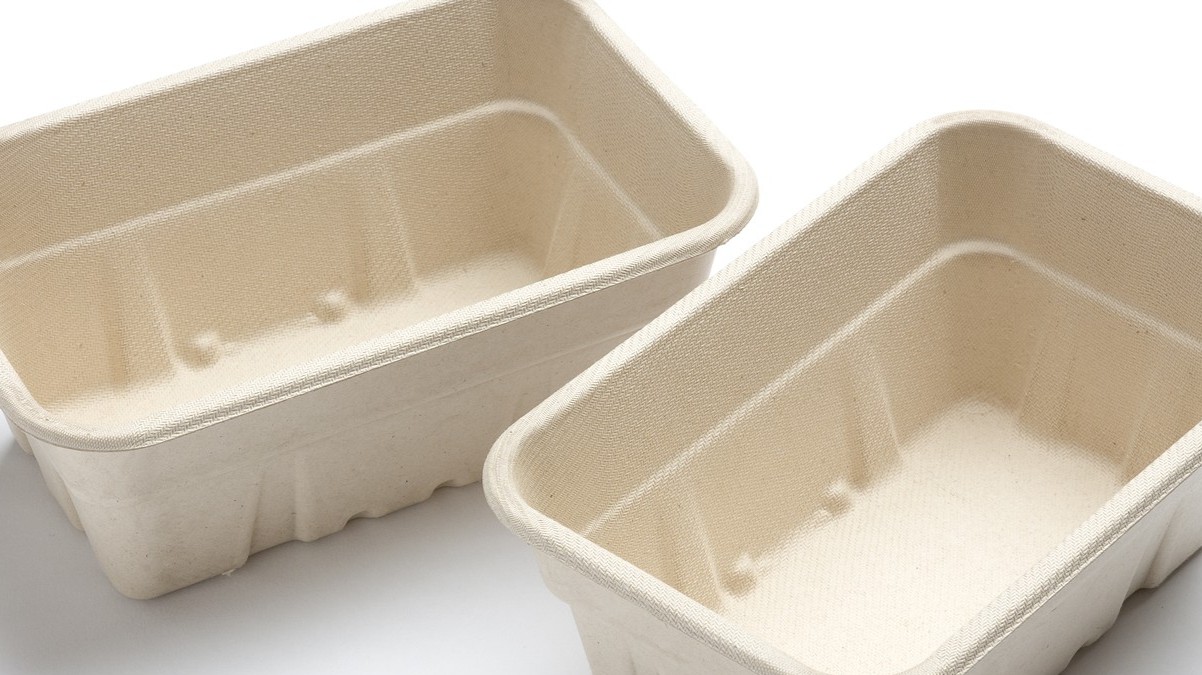Knowledge
Electrical Discharge Machining (EDM) is a non-traditional manufacturing process that utilizes electrical sparks to remove material from a workpiece. Unlike conventional machining methods such as milling or turning, which rely on physical contact between a tool and the material, EDM operates without direct contact, making it ideal for processing hard or brittle materials that are difficult to machine otherwise. The process involves generating a series of rapid electrical discharges between an electrode and the workpiece, submerged in a dielectric fluid, which erodes the material through thermal energy. This technique has revolutionized precision manufacturing by enabling the creation of complex geometries with high accuracy.
2025-08-27 11:01:19
The aerospace industry is a highly specialized and technology-driven sector, encompassing the design, manufacturing, and maintenance of aircraft, spacecraft, satellites, and related equipment. Machine tools play a critical role in this field, enabling the precision machining of complex metal and composite material components. These tools enhance production efficiency while ensuring the accuracy and reliability required to meet the stringent safety and performance standards of aerospace. This document outlines the key applications, technologies, benefits, and future trends of machine tools in the aerospace industry.
2025-08-27 10:41:48
With the rapid rise of artificial intelligence (AI), the healthcare industry is undergoing a disruptive transformation. AI is significantly improving diagnostic accuracy and treatment efficiency while profoundly redefining healthcare professionals’ roles and patient experiences. A comprehensive understanding of the core technologies and clinical applications behind this transformation is essential for grasping the future trends and strategic directions of smart healthcare.
2025-08-26 16:07:46
As the global manufacturing industry advances toward higher precision and efficiency, laser cutting technology has become a key enabler of industrial upgrading. Compared with traditional shearing, stamping, and mechanical cutting, laser cutting offers non-contact processing, higher accuracy, and greater flexibility. It significantly improves productivity while reducing secondary finishing. Today, it is widely adopted in metalworking and increasingly applied in electronics, aerospace, medical, and architectural design industries.
2025-08-26 14:21:24
In CNC and metalworking, cutting fluid is no longer just a coolant—it plays a critical role by providing lubrication, chip removal, and corrosion protection. With the right formulation and concentration, it can reduce cutting heat, minimize friction, extend tool life, and maintain workpiece accuracy. High-pressure cooling further enhances efficiency in deep-hole and high-speed machining. The pairing of tool material with the proper cutting fluid is equally crucial; correct selection and maintenance ensure process stability, prolong equipment life, and improve the overall work environment. Cutting fluid has become an indispensable investment in modern precision manufacturing.
2025-08-26 15:01:57
With rapid technological progress and increasingly diverse market demands, traditional printing techniques are no longer sufficient to meet modern industry’s requirements for precision, efficiency, and sustainability. As a result, emerging technologies such as UV printing, 3D printing, and Nanoimprint Lithography (NIL) have risen to prominence, offering solutions with higher precision, broader applications, and lower production costs. These innovations have already demonstrated value across packaging, advertising, healthcare, semiconductors, and construction. In the following sections, we will explore their technical features and real-world applications, highlighting the advantages and future potential of these cutting-edge printing technologies.
2025-08-26 14:53:26
In high-risk fields such as medical, aerospace, and automotive, IPC classifications determine PCB reliability and safety. Class 3 represents the highest standard, requiring zero tolerance for defects, complete via filling, adequate copper annular rings, and rigorous inspections to ensure operation under extreme conditions, while Class 2 suits long-term use in non-critical equipment with minor cosmetic flaws allowed. Class 3’s strict criteria cover component placement, soldering, plating thickness, and environmental testing—adding cost and production time, but far outweighing the risks of failure in life- or safety-critical systems. Thus, defining high-risk equipment as Class 3 during design is essential, making IPC classification a core safeguard rather than an option.
2025-08-26 14:26:09
In the printing industry, color has always been a core element influencing both quality and sensory experience. Whether in packaging, advertising, or publications, color accuracy directly affects consumer perception and trust in a brand. With the rise of digitalization and globalization, companies increasingly demand brand consistency, making color management more than just an aesthetic concern—it is a safeguard for printing quality and brand value. This article explores the importance of color management, the application of ICC color calibration, and Pantone’s role in brand identity, providing a comprehensive overview of the core knowledge and practical value of color management in printing.
2025-08-26 12:25:50
Imagine a typical morning, a warm drink in your hands, held in what looks like an eco-friendly paper cup. You think to yourself, "At least it's not plastic. It must be better for the environment." But have you ever wondered how that paper container holds a hot liquid without leaking? Can it really be recycled with ease? The truth is, there are hidden secrets about packaging materials you may not know.
2025-08-26 11:40:53
The aerospace industry demands extremely high standards for component precision, lightweight design, and durability, and CNC (Computer Numerical Control) technology is a key enabler to meet these requirements. It is widely used in the production of critical parts such as turbine blades, airframe structures, and landing gear. With the global aerospace market expected to grow from USD 900 billion in 2023 to USD 1.2 trillion by 2030 (CAGR ~4.2%), CNC technology, with its micron-level precision and automation capabilities, not only helps improve aircraft fuel efficiency by around 10% but also ensures all components comply with the stringent AS9100D certification standards, making flight safer and more reliable.
2025-08-26 10:06:19
Hot Topic
Agree










.jpg)